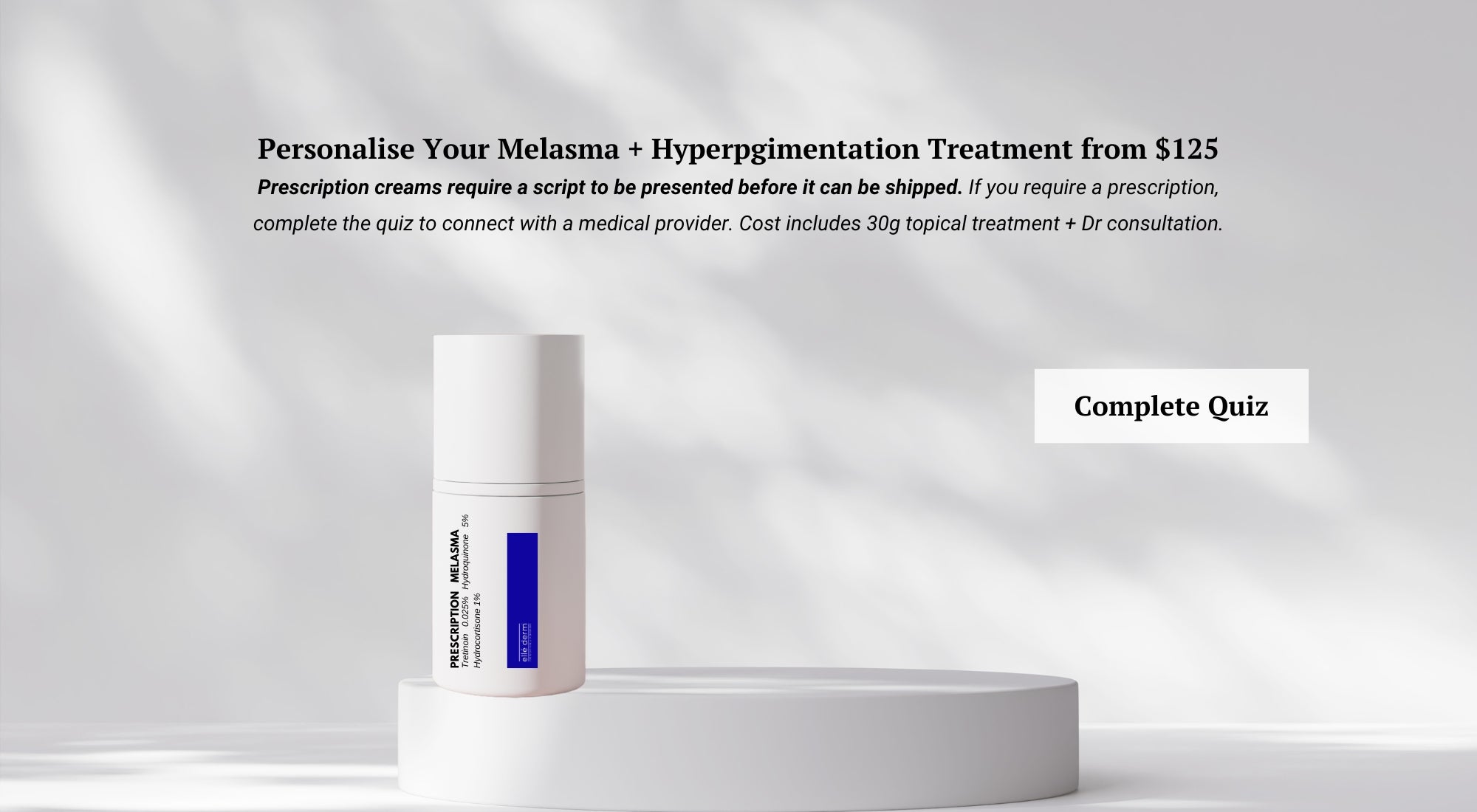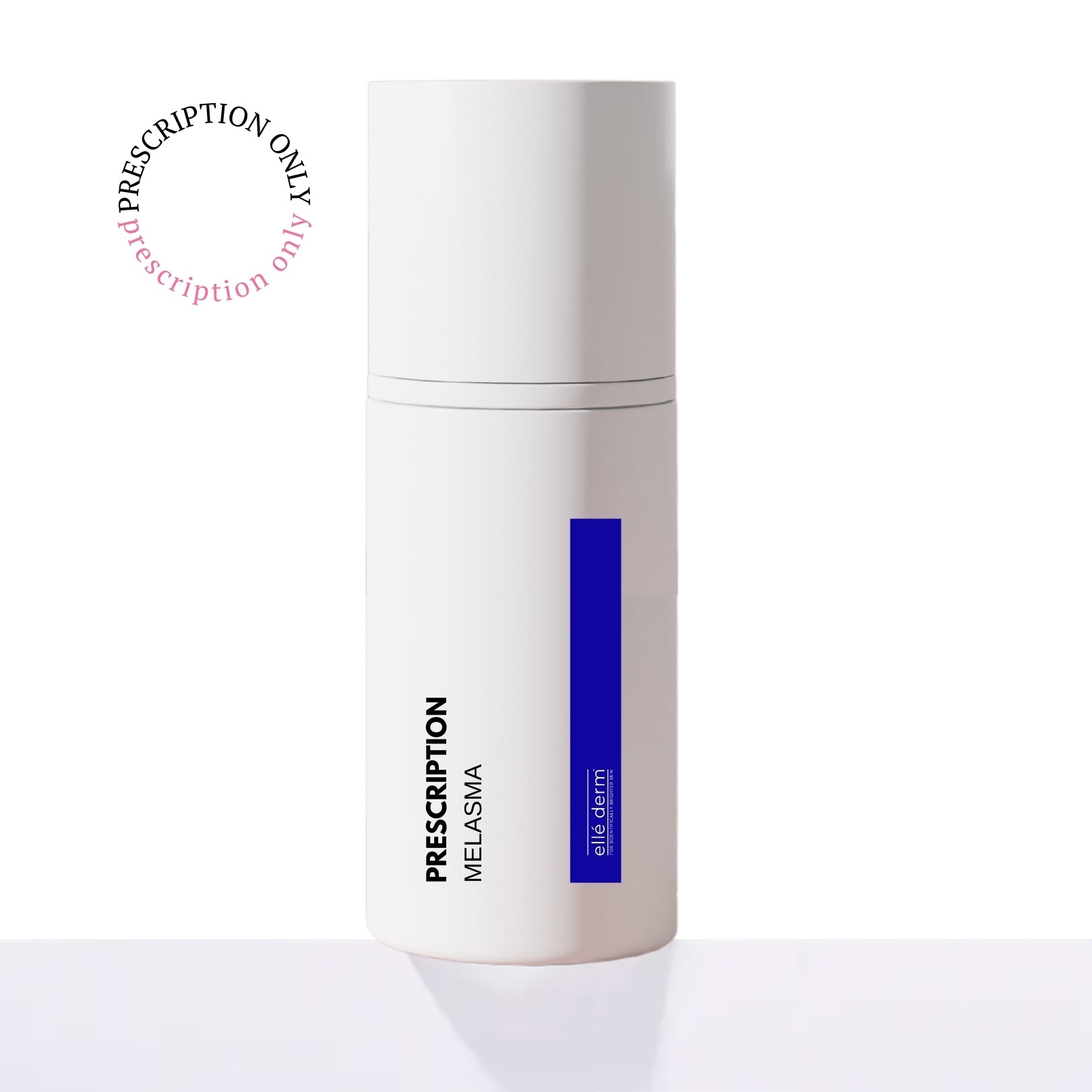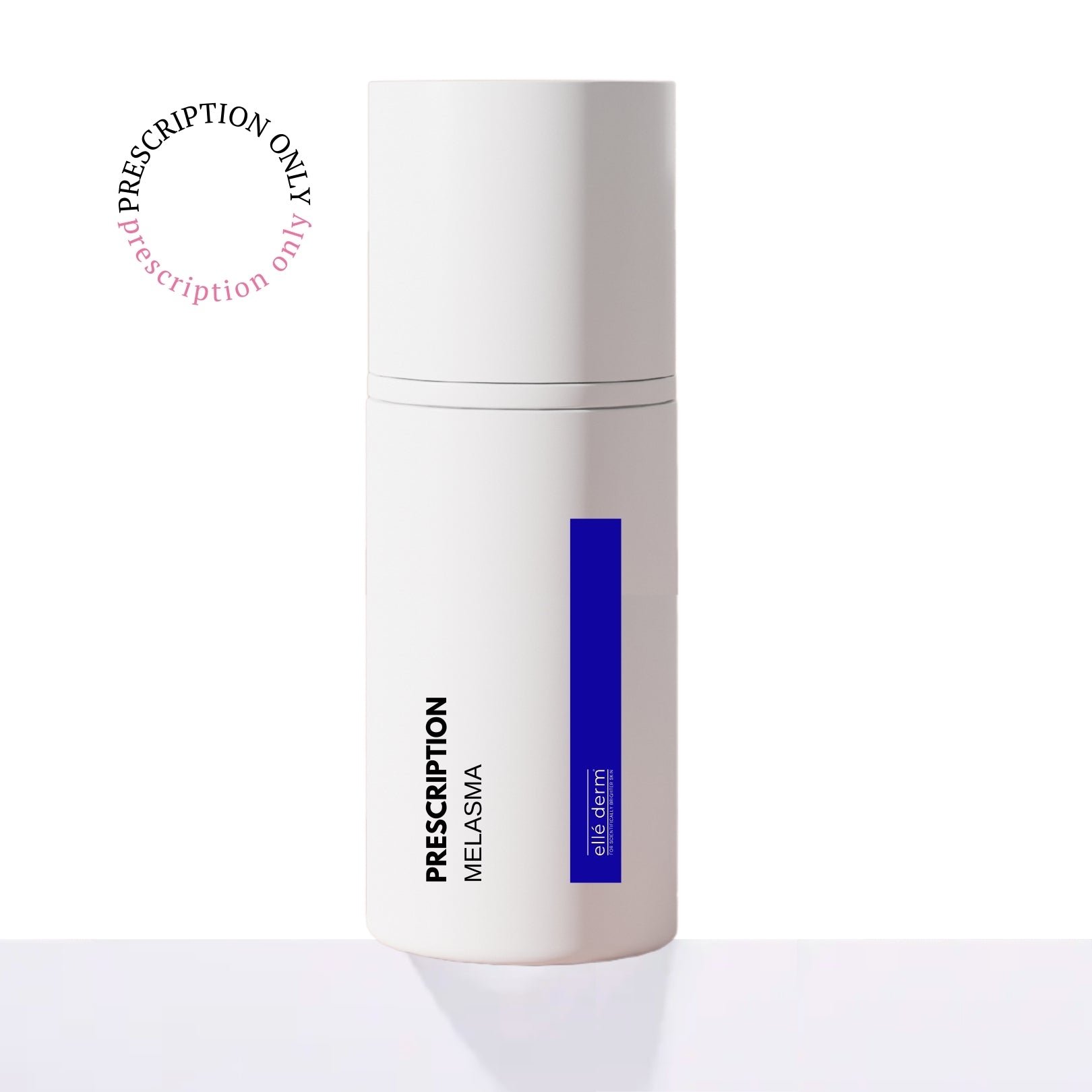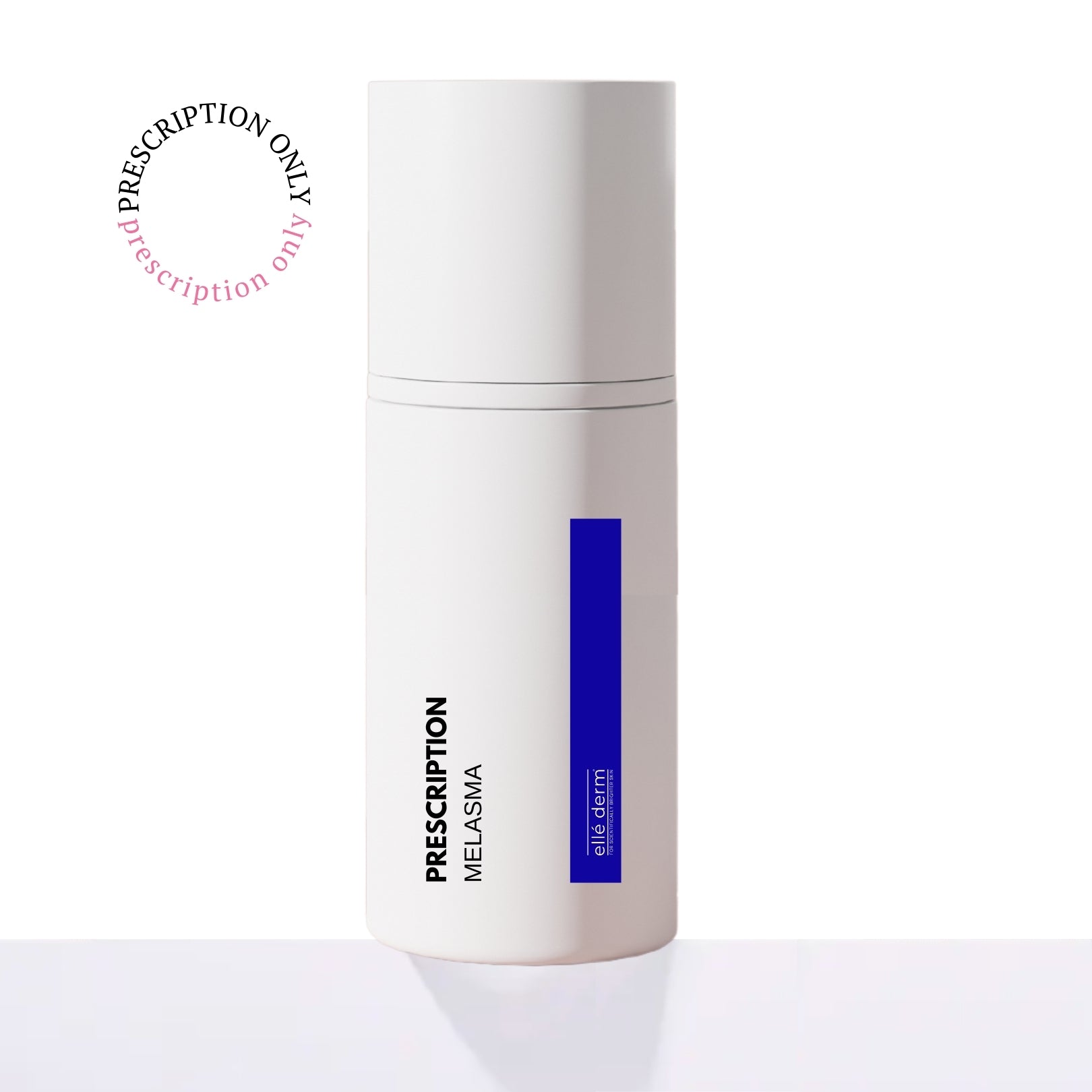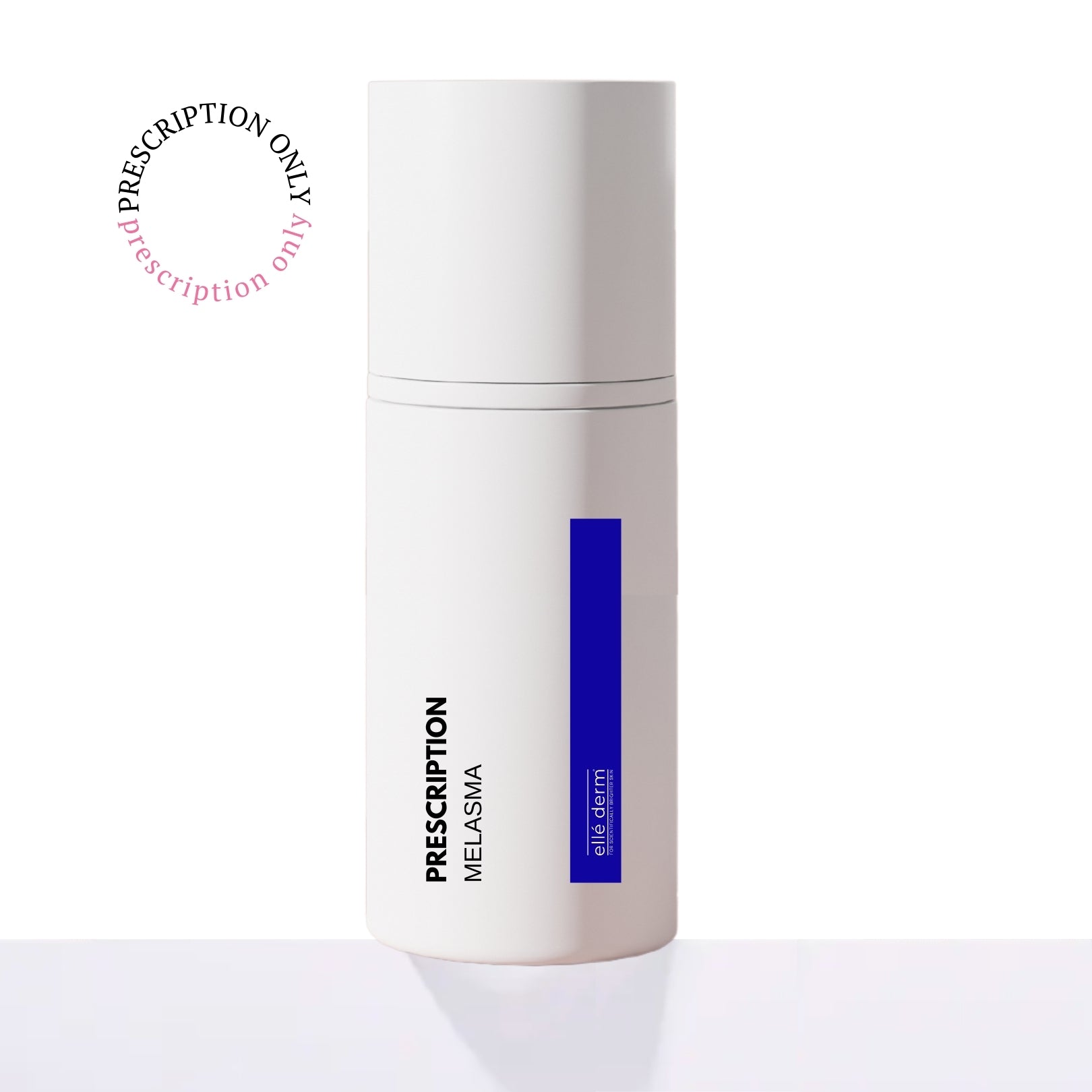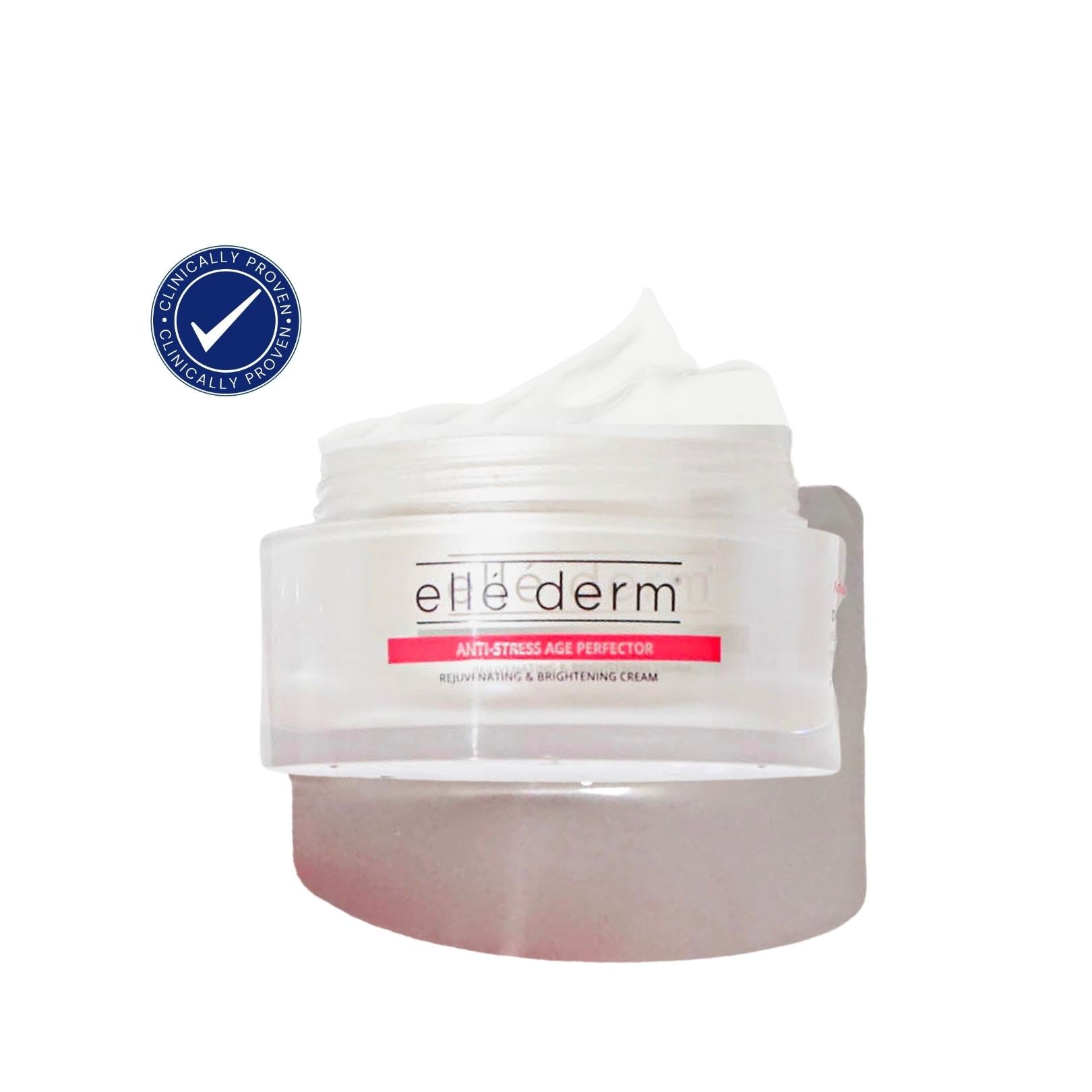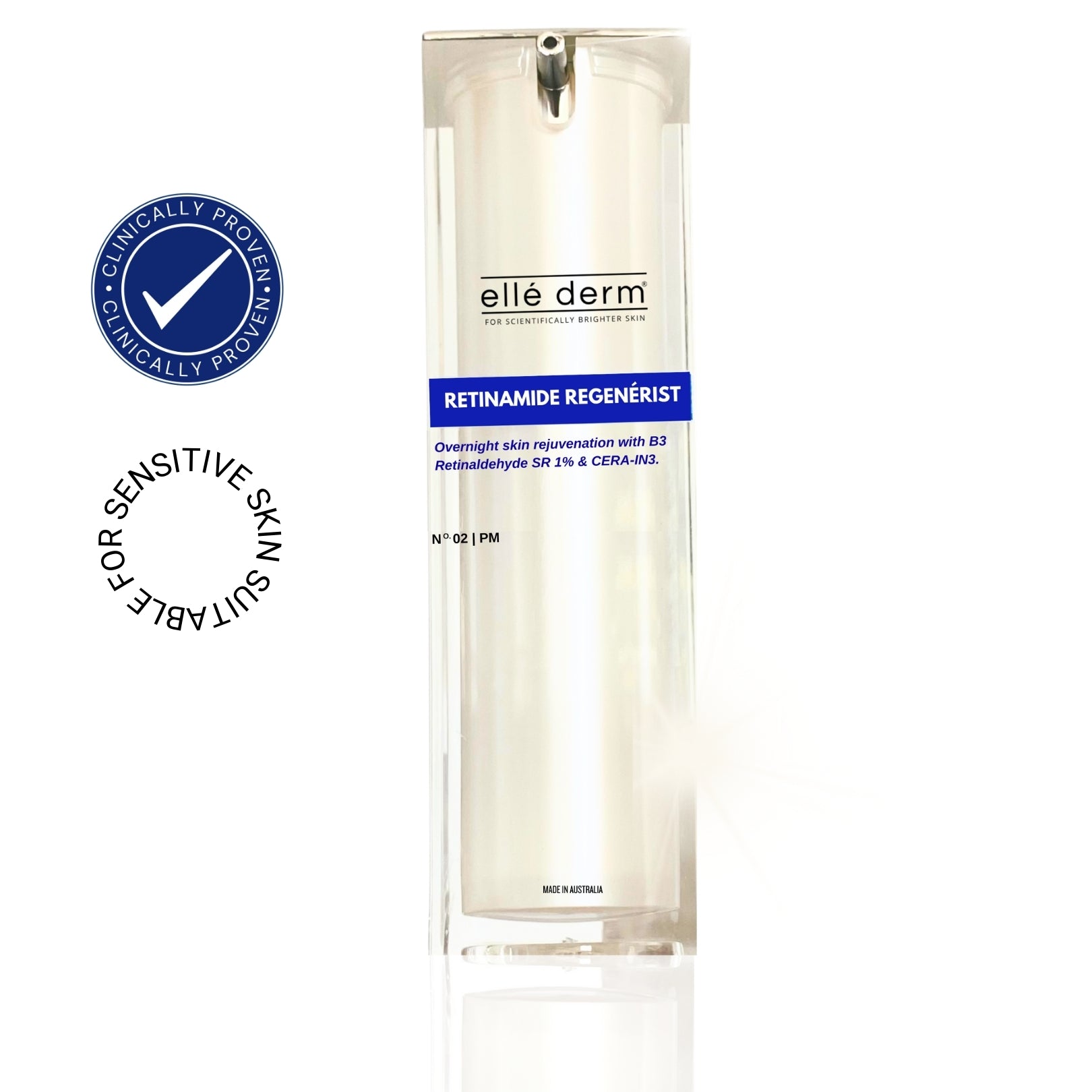Filters
Need help?
Frequently Asked Questions
Prescription Cream Order
You can order by:
1) Send in your own prescription by email or SMS (we prefer electronic scripts)
2) Connect with an experienced medical provider to be prescribed your customised cream (if it is appropriate for you).
We dispatch all our prescription items within 24-48hrs via express post. Please allow for transit time. You will receive a link from Australia Post to track your shipment.
We do not use offshore prescribers.
The medical prescribers we partner with are very experienced in their area of expertise and must be registered to practice in Australia.
Your prescription is compounded or customised by experienced pharmacists in Australia.
Each product will contain different ingredients uniquely prescribed for you.
The active ingredients are sourced from reputable wholesalers who only supply to pharmacies and research centres. The ingredients must meet regulatory standards before they can be supplied for pharmaceutical use. This includes the United States Pharmacopeia (USP), British Pharmacopeia (BP) and National Formulary (NF).
We will refund your purchase or send you a replacement if:
1) The product was damaged during transit
2) The item expired before the expiry date on the label
3) In rare circumstances, if the product prescribed for you by our partner medical provider didn't agree with you because it was too strong, we will replace it within 30 days.

